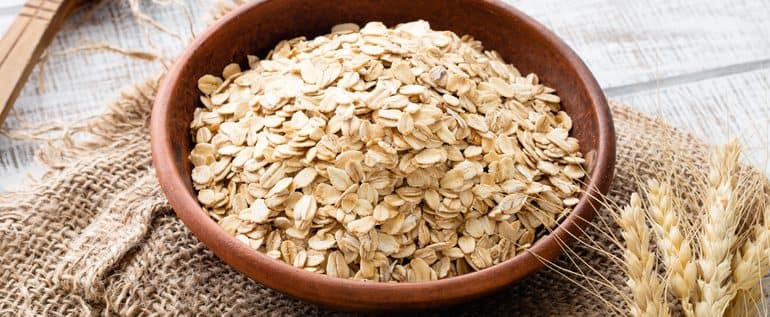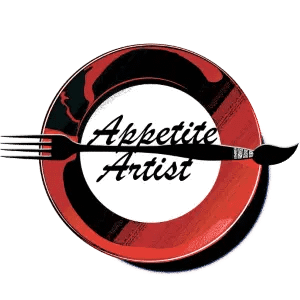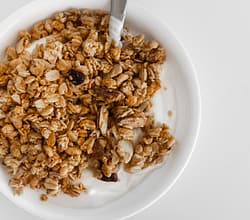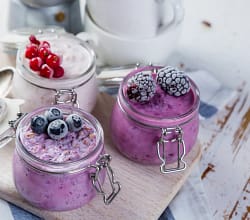Usually when people buy oats, it is hard for them to decide what oat types are best to buy. There are so many different types of oats and it can feel confusing at first to choose one. Some have different textures than others and a different nutrient density, as well as how they are made. All oats are a fantastic source of fiber, antioxidants, and minerals, so it is simply a matter of choosing which oat types work best for you. Steel-cut oats, rolled oats, and instant oats are some of the most common oats people may buy. The following is a comparison of these three oat types. Every oat type is healthy and reliable to consume, containing iron, protein, fibers, B-vitamins, and essential fats.
Rolled Oats

Every oat has a husk that fortifies and protects the grain within it. Once the husk is removed, it is called a “groat” and if they become steamed and flattened by a heavy roller, it is called a rolled oat. Afterwards, they are thrown in a kiln burning at 215 degrees Fahrenheit. This dries up the rolled oats and prevents the flavor and texture from rotting due to enzyme breakdown. Once this is done, they are ready to be sold. They are also called old-fashioned oats and are the most common types of oats in the world. Rolled oats have a distinct advantage over the other oat types-they are versatile in oatmeal recipes. They can be used to make oatmeal cookies, smoothies, porridge, granola, breads, muffins, and more. Always choose rolled oats when you need an oat base for these delicious creations.
Steel-Cut Oats

This oat type is created when the oat with the husk intact is carved and chopped with sharp, steel blades. They are also known as Irish oats and can be further processed into oat flakes for unique meals. Because steel-cut oats do not go through any of the processes that rolled oats go through, they cannot be used in most baking recipes.
They retain all vitamins, minerals, and antioxidants since the oat itself is not transformed, which is highly appealing when you want the full health benefits of oats. They also have a satisfying chewy and nutty flavor. Stove-top cooking in water, milk, or other combos for 40 minutes is the best way to cook these oats if you want as much chewiness as possible. I highly recommend using a spurtle while cooking. It will help you ensure that no oat pieces get stuck in the pot and break down any clumps that may form.
Be aware, however, that steel-cut oats only have a shelf life of about a month. Without the same process that rolled oats go through, the enzyme within the oats causes fast spoiling and will cause them to go rancid and inedible in a month. Only buy or create what you will use in a month and always check their expiration dates.
Instant Oats

This oat type is prized for being fast and easy to make. They are created the same way as rolled oats, but they are steamed even longer and flattened even more. This gives them a paper-like texture that is easy to chew. They are the fastest to make because they absorb boiling water well. You can throw together instant oats and hot water in a bowl and microwave it in two minutes, ready to serve. This is the simplest kind of oatmeal you can make but there are many different variations and brands. Experiment and get creative with it!
Each oat type has certain advantages over others, as we have discussed. In summary, rolled oats are best if you are using oat as a base for food creation, steel-cut oats are best if you value complete nutrition and taste, and instant oatmeal is best for lightning-fast preparation and storage. Using mix-ins can be a great way to add variety to your oats as well.





